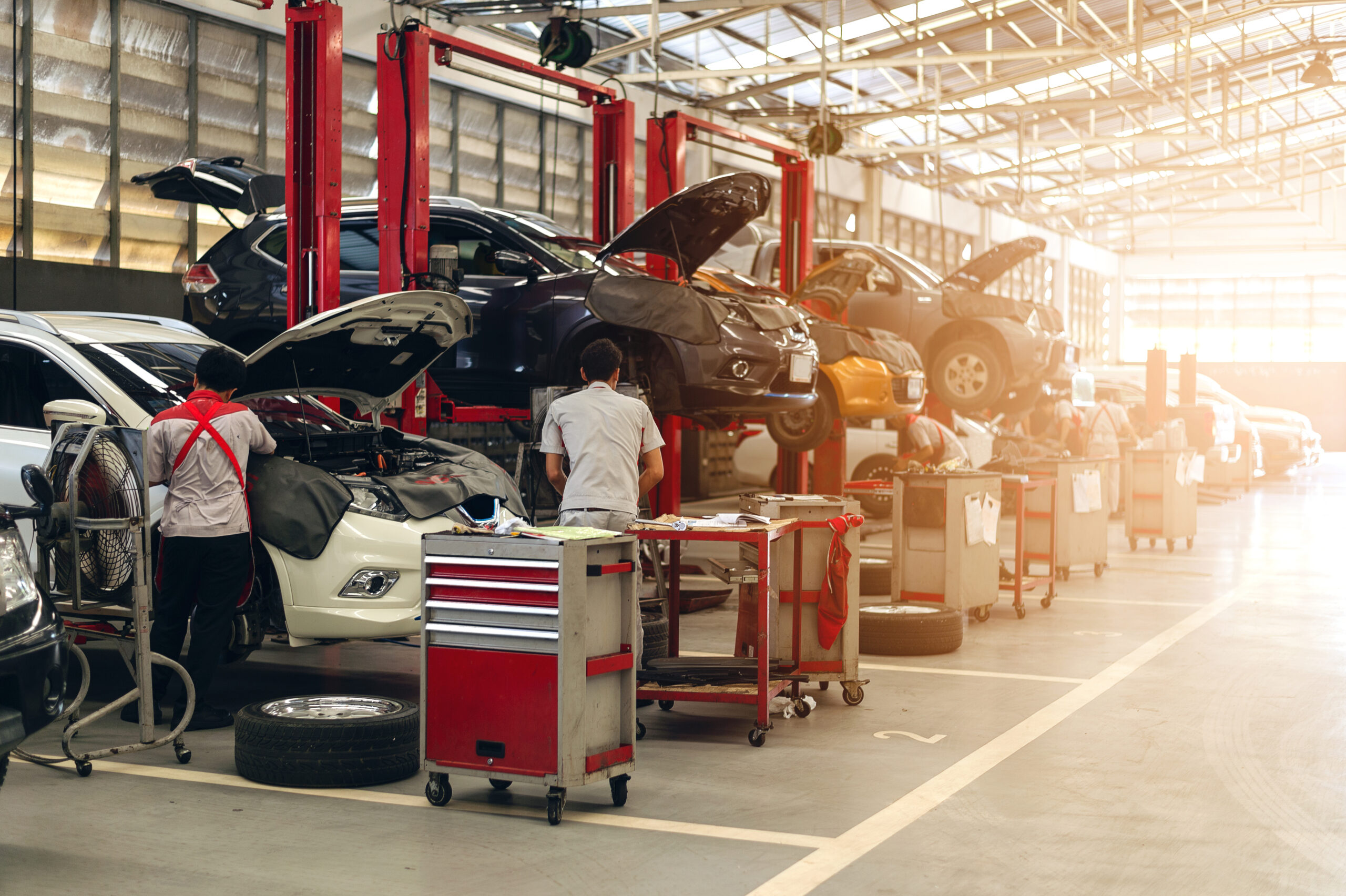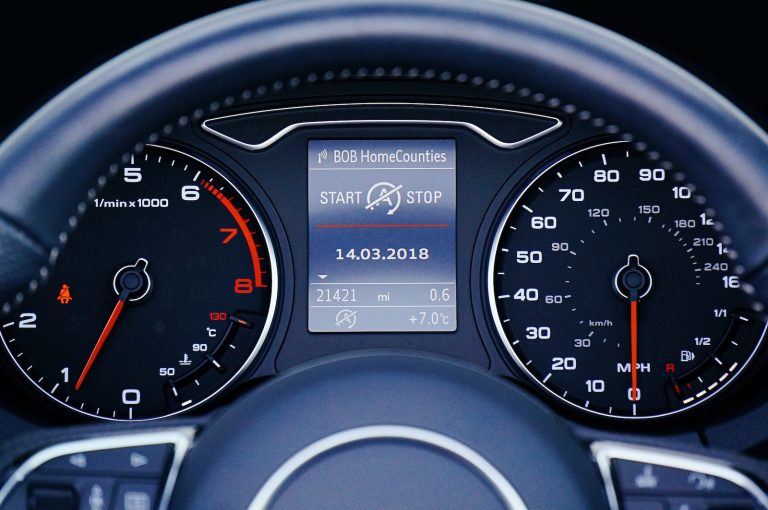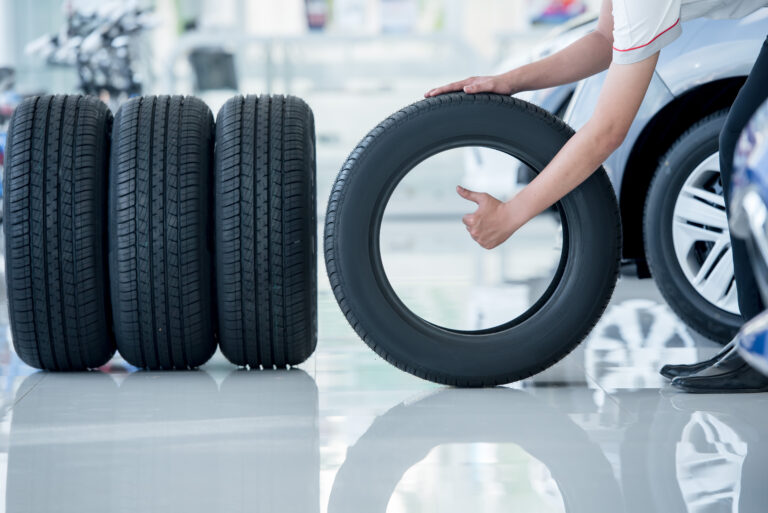When it comes to driving, there are various technical terms that enthusiasts and everyday drivers encounter. One such term is “bottoming out.” If you’re wondering what bottoming out means in the context of cars, you’ve come to the right place. In this article, we will explore the meaning of bottoming out in a car, its causes, and the potential consequences it can have on your vehicle’s performance and safety.
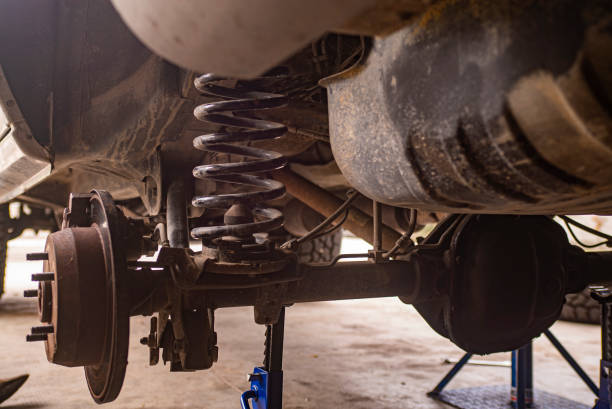
What is Bottoming Out?
Bottoming out in a car refers to the situation when the underside of a vehicle comes into contact with the ground or a road surface due to the suspension system compressing fully. This usually happens when the vehicle encounters an obstacle, such as a speed bump, pothole, or uneven terrain, causing the suspension to compress beyond its normal range of motion. As a result, the lowest part of the car, such as the chassis, exhaust system, or other components, may scrape or hit the ground, leading to a jarring sensation and potentially causing damage.
Understanding the Suspension System
To grasp the concept of bottoming out better, it’s essential to understand the basic components of a car’s suspension system. The suspension system is responsible for providing a smooth and comfortable ride by absorbing shocks and vibrations from the road. It comprises several components, including springs, shock absorbers, struts, control arms, and sway bars. These components work together to ensure stability, control, and optimal handling of the vehicle.
Causes of Bottoming Out
Bottoming out can occur due to several reasons, including:
Speed Bumps and Road Irregularities
One common cause of bottoming out is encountering speed bumps or road irregularities at high speeds. When a car hits a speed bump or a similar obstacle, the suspension system compresses rapidly, and if the speed is too high, it may not have enough time to react, leading to bottoming out.
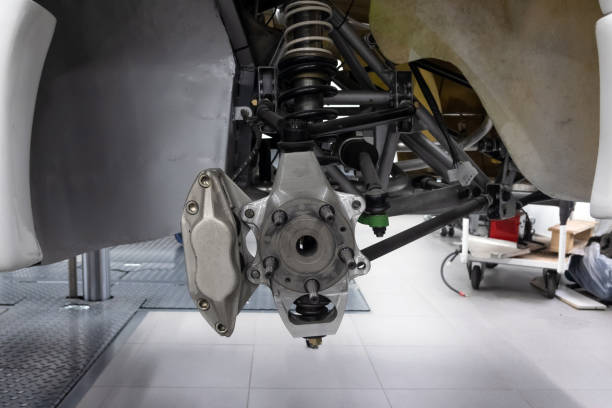
Aggressive Driving and Hitting Potholes
Aggressive driving, such as taking corners at high speeds or driving over potholes forcefully, can also cause the suspension to bottom out. The sudden compression of the suspension system beyond its normal range can result in the car hitting the ground.
Carrying Heavy Loads
Overloading your vehicle beyond its recommended capacity can put excessive strain on the suspension system, causing it to compress more than usual. This can lead to bottoming out, especially when encountering bumps or uneven surfaces.
Lowered Suspension
Some car enthusiasts opt to lower their vehicle’s suspension for aesthetic or performance reasons. While it may enhance the vehicle’s appearance and handling characteristics, a lowered suspension reduces the ground clearance, making the car more prone to bottoming out, particularly when driving over obstacles.

Consequences of Bottoming Out
Bottoming out can have several consequences, including:
Vehicle Damage
When a car bottoms out, it can result in damage to the undercarriage components, such as the exhaust system, oil pan, or other vital parts. The repeated scraping or hitting of these components on the ground can lead to costly repairs or even render the vehicle inoperable.
Suspension System Issues
Frequent bottoming out can put excessive strain on the suspension system, causing premature wear and tear of its components. Over time, this can lead to reduced performance, compromised handling, and increased discomfort during the ride.
Safety Concerns
Bottoming out can adversely affect the vehicle’s stability and control, increasing the risk of accidents. When the suspension system is compressed beyond its limits, it compromises the car’s ability to absorb shocks effectively, resulting in reduced traction and stability.
FAQs about Bottoming Out Meaning Car
Q1. What are the signs that my car has bottomed out?
Signs that your car has bottomed out include a loud scraping noise coming from underneath the vehicle, a jarring sensation when driving over bumps, and visible damage to the undercarriage components.
Q2. Can bottoming out cause engine damage?
While bottoming out primarily affects the undercarriage components, severe impacts can potentially cause damage to the engine if the impact is significant enough to affect its structural integrity.
Q3. How can I prevent bottoming out?
To prevent bottoming out, you can take certain measures such as driving cautiously over bumps, potholes, and speed bumps, avoiding aggressive driving maneuvers, maintaining the recommended load capacity, and considering the ground clearance when modifying the suspension system.
Q4. What should I do if my car bottoms out?
If your car bottoms out, it’s crucial to inspect the undercarriage for any visible damage. If you notice signs of damage or experience ongoing issues, it’s best to consult a professional mechanic to assess the situation and perform necessary repairs.
Q5. Is bottoming out covered by car insurance?
The coverage for bottoming out may vary depending on your insurance policy and the specific circumstances. It’s recommended to review your insurance policy or consult with your insurance provider to understand the extent of coverage for such incidents.
Q6. Can I fix bottoming out myself?
While minor scrapes may not require professional intervention, it’s generally advisable to have a certified mechanic inspect and repair any damage caused by bottoming out. They have the expertise and tools to ensure a thorough assessment and appropriate repairs.
Conclusion
Bottoming out in a car can be a troublesome experience, potentially leading to vehicle damage, suspension issues, and safety concerns. By understanding the causes and consequences of bottoming out, as well as taking preventive measures, you can minimize the risk and ensure a smoother and safer ride. Remember to drive responsibly, maintain the recommended load capacity, and seek professional assistance when necessary to keep your vehicle in optimal condition.

